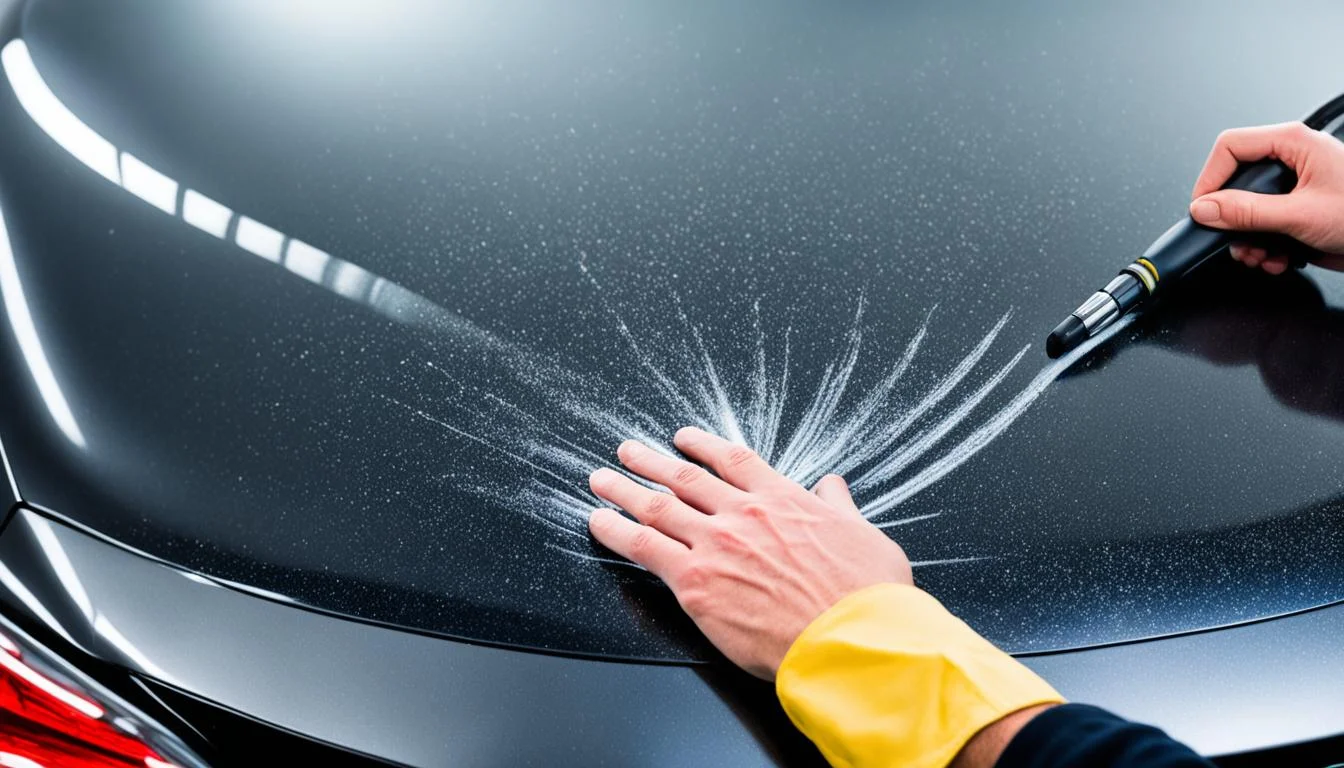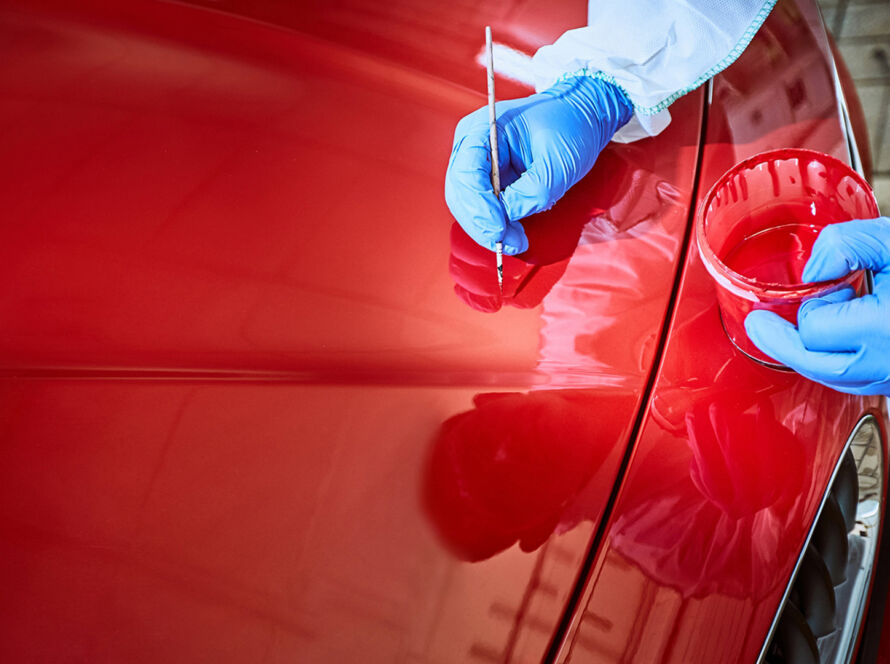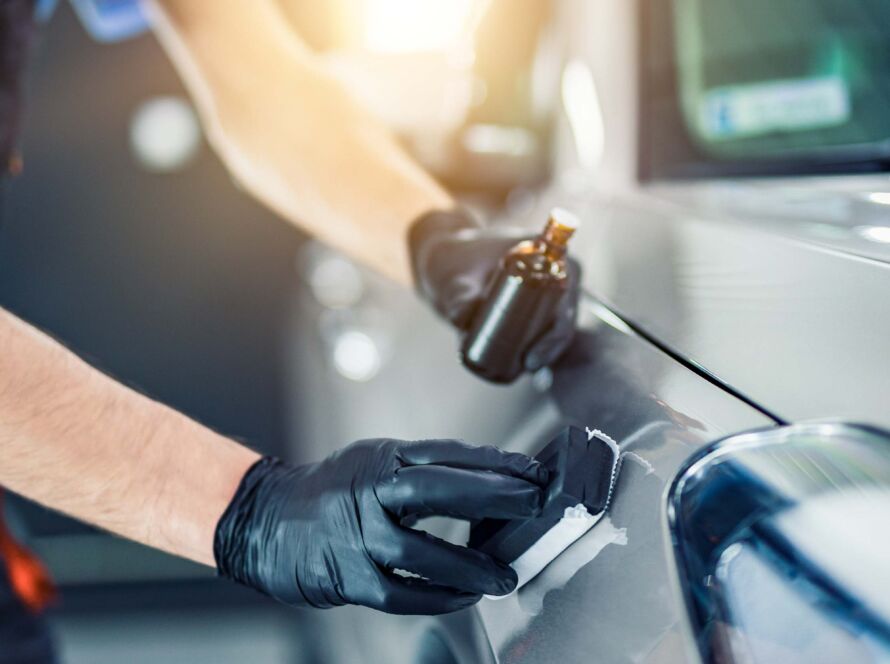Swirl Marks Car Paint Explained: Causes and Solutions
If you’ve ever washed your car and noticed faint, circular scratches that sparkle under the sunlight, you’ve seen swirl marks. These imperfections dull your vehicle’s shine, reduce paint clarity, and can make even a newer car look aged.
Detailing experts estimate that over 65% of swirl marks are caused by improper washing techniques, such as using dirty sponges or automatic car washes with abrasive brushes. The good news is swirl marks can be removed and prevented with the right approach.
What Are Swirl Marks?
Swirl marks — sometimes called micro-marring — are fine, circular scratches that form in the clear coat, the thin transparent layer protecting your paint. While they don’t usually penetrate to the base color, they scatter light and dramatically reduce gloss.
They are easiest to spot under direct sunlight or bright LED lights and are one of the most common reasons drivers seek professional paint correction.
What Causes Swirl Marks?
- Improper Washing: Using sponges, dirty mitts, or automatic car washes.
- Incorrect Drying: Dragging chamois or rough towels across paint.
- Contaminated Tools: Dirt or grit trapped in applicators or pads.
- Improper Polishing: Using the wrong compounds or pads with excessive pressure.
- Environmental Debris: Dust, pollen, or wind-driven grit rubbing against the surface.
How to Remove Swirl Marks
Paint Correction
The most effective solution is paint correction, which uses machine polishing with abrasive compounds to level the clear coat. This process permanently removes swirl marks rather than hiding them.
Polishing Products
Consumer-grade polishes or waxes may fill in swirl marks temporarily, but they don’t eliminate the scratches themselves.
Ceramic Coating Protection
After correction, applying a ceramic coating creates a hard, slick surface that helps resist future micro-marring.
How to Prevent Swirl Marks
- Use the two-bucket wash method (one for soap, one for rinse water).
- Wash with microfiber mitts instead of sponges.
- Dry using microfiber drying towels, not bath towels or chamois.
- Avoid automated car washes with spinning brushes.
- Apply wax, sealant, or ceramic coating for ongoing protection.
Why Swirl Mark Removal Matters
- Restores Gloss: Eliminates dullness and restores a deep, reflective finish.
- Prepares for Protection: Ensures a flawless surface for ceramic coatings or PPF.
- Boosts Resale Value: Cars with swirl-free finishes are more appealing to buyers.
- Prevents Further Wear: Swirls can hold dirt that accelerates oxidation if left untreated.
Frequently Asked Questions (FAQ)
What are swirl marks on car paint?
Swirl marks are fine, circular scratches in the clear coat that scatter light and make paint appear dull.
What causes swirl marks the most?
Industry data shows 65–70% of swirl marks come from improper washing tools like automatic car washes, sponges, or dirty mitts.
Are swirl marks permanent?
No. They only affect the clear coat and can be permanently removed with professional paint correction.
How do I remove swirl marks from car paint?
Professional paint correction is the best method. Consumer polishes may hide swirls temporarily but won’t eliminate them.
Can swirl marks be removed by hand?
Light swirl marks may be reduced with hand polish, but complete removal usually requires machine polishing.
How do I prevent swirl marks on my car?
Wash with microfiber mitts, use the two-bucket method, and dry with microfiber towels. Avoid car washes with brushes.
Do swirl marks lower car value?
Yes. Dull, scratched finishes make a car look poorly maintained, while swirl-free paint improves buyer confidence.
Does ceramic coating stop swirl marks?
Ceramic coatings resist light scratches and reduce the risk of new swirl marks, but they don’t make paint scratch-proof.
Can brand-new cars have swirl marks?
Yes. Many new cars leave dealerships with swirl marks caused by poor prep washes and buffing.
How can I wash my car without causing swirl marks?
Use microfiber wash mitts, the two-bucket wash method, and soft microfiber drying towels.




